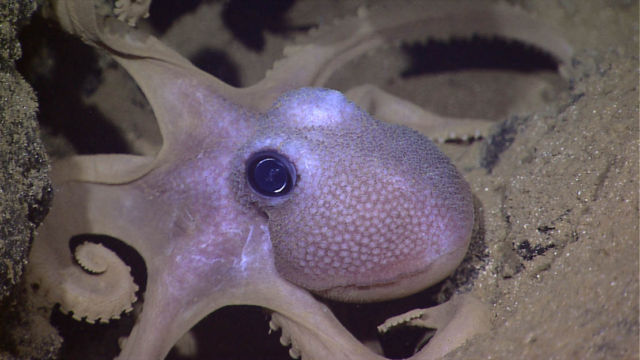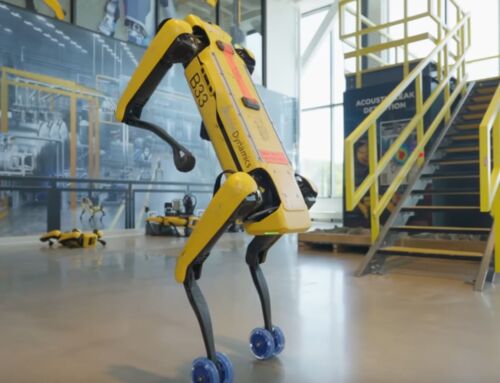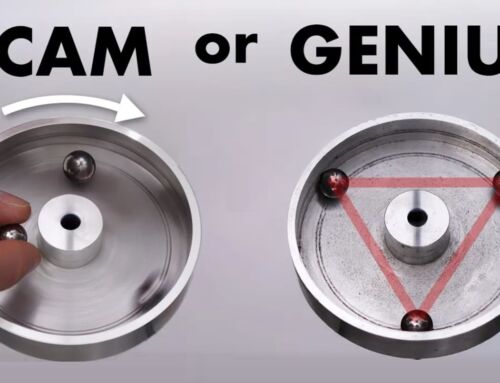Engineers created a 3D-printed smart gel changing shape when exposed to light, that can become color-changing ‘artificial muscle.’
Rutgers engineers inspired by the color-changing skin of cuttlefish, octopuses and squids, have created a 3D-printed smart gel that changes shape when exposed to light becomes “artificial muscle” and may lead to new military camouflage, soft robotics and flexible displays.
The engineers also developed a 3D-printed stretchy material that can reveal colors when light changes, according to their study in the journal ACS Applied Materials & Interfaces.
Their invention is modeled after the amazing ability of cephalopods such as cuttlefish, octopuses and squids to change the color and texture of their soft skin for camouflage and communication. This is achieved by the thousands of color-changing cells, called chromatophores, in their skin.
“Electronic displays are everywhere and despite remarkable advances, such as becoming thinner, larger and brighter, they’re based on rigid materials, limiting the shapes they can take and how they interface with 3D surfaces,” said senior author Howon Lee, an assistant professor in the Department of Mechanical and Aerospace Engineering in the School of Engineering at Rutgers University–New Brunswick. “Our research supports a new engineering approach featuring camouflage that can be added to soft materials and create flexible, colorful displays.”
Image: This octopus has color-changing cells, called chromatophores, in its skin. Credit NOAA Okeanos Explorer Program, Galapagos Rift Expedition 2011
source Rutgers University






Leave A Comment